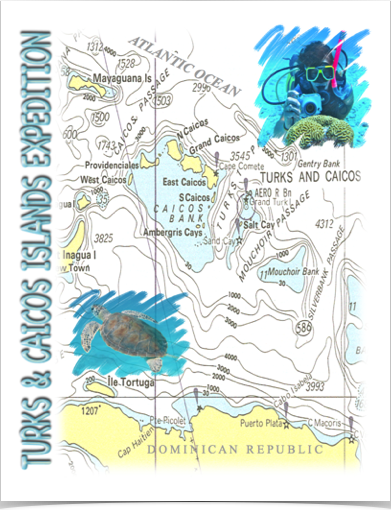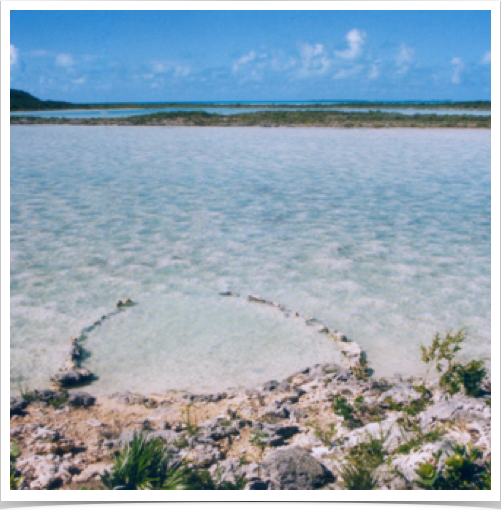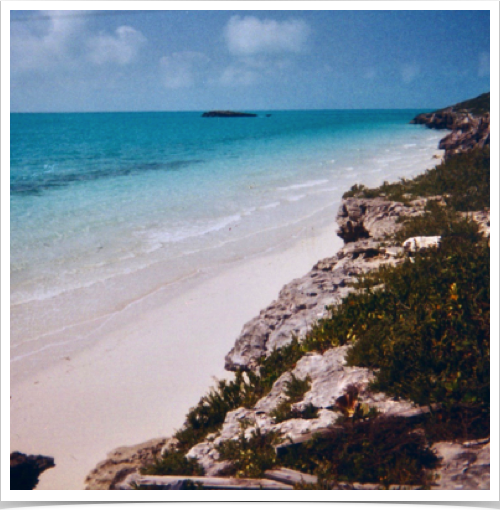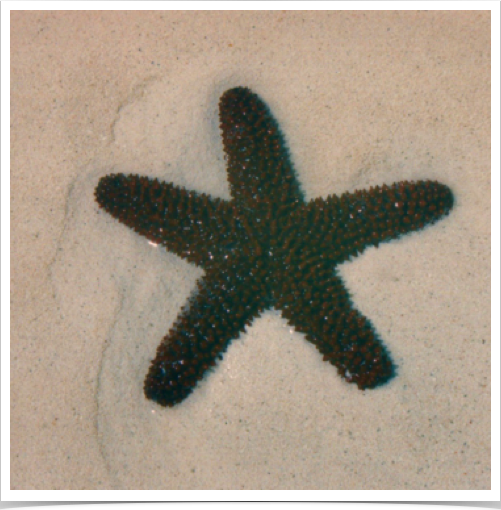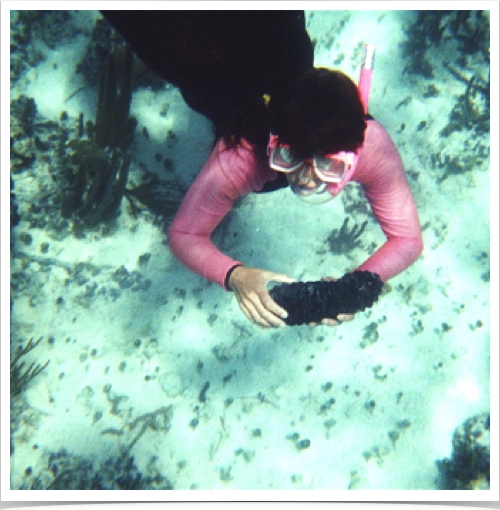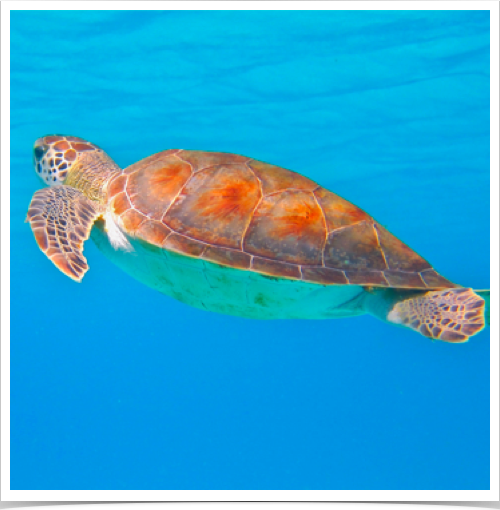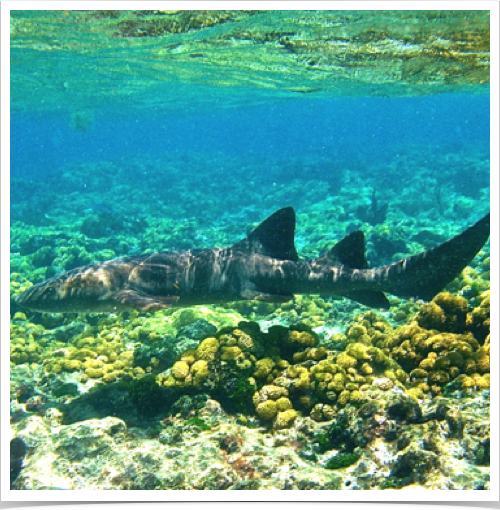SOUTHWESTERN ATLANTIC
The Turks and Caicos Islands consist of two groups of tropical islands in the Lucayan Archipelago of the Atlantic Ocean and northern West Indies - the larger Caicos Islands and smaller Turks Islands. The islands are separated by the Caicos Passage from the closest Bahamian islands, Mayaguana and Great Inagua. Geologically, Turks and Caicos are located on the Caicos Bank, which together with the Florida-Bahamas Platform is a section of continental crust rifted away from North America during the rifting open of the Atlantic Ocean. During a drop in sea level during the Pleistocene glaciations, limestone was exposed as plateaus as sand dunes accumulated atop them and a karst landscape developed with caves and blue holes.
Located on the Western Caicos Bank is Providenciales - the largest island in population, is the third largest island surrounded by coral reefs. The western half of Providenciales is mostly barren wilderness, home to the island's best natural attractions, Chalk Sound National Park and Northwest Point Marine National Park, which extends to nearby reefs and several saline lakes.
Click on any picture below to start slide show.
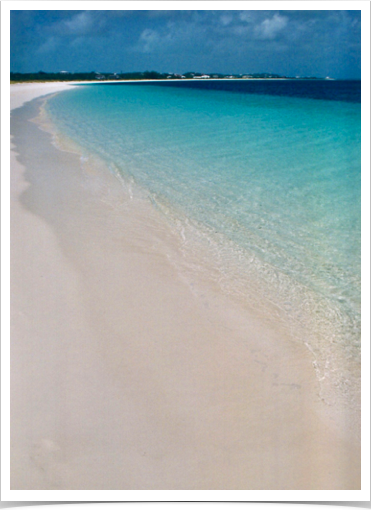
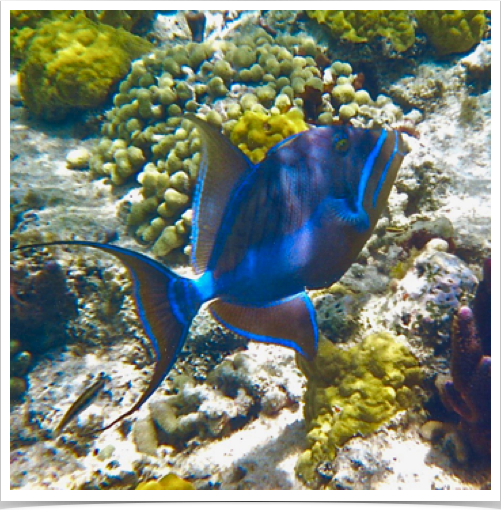
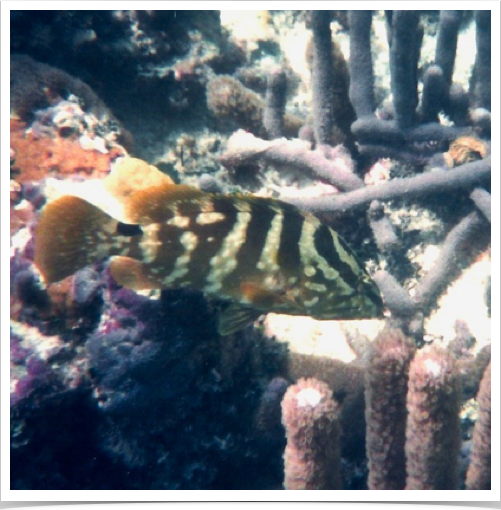
TURKS & CAICOS ISLANDS
